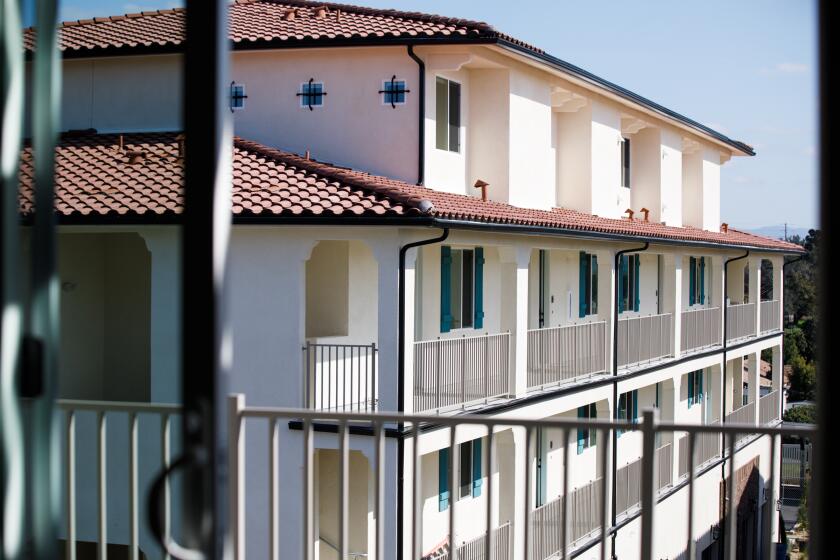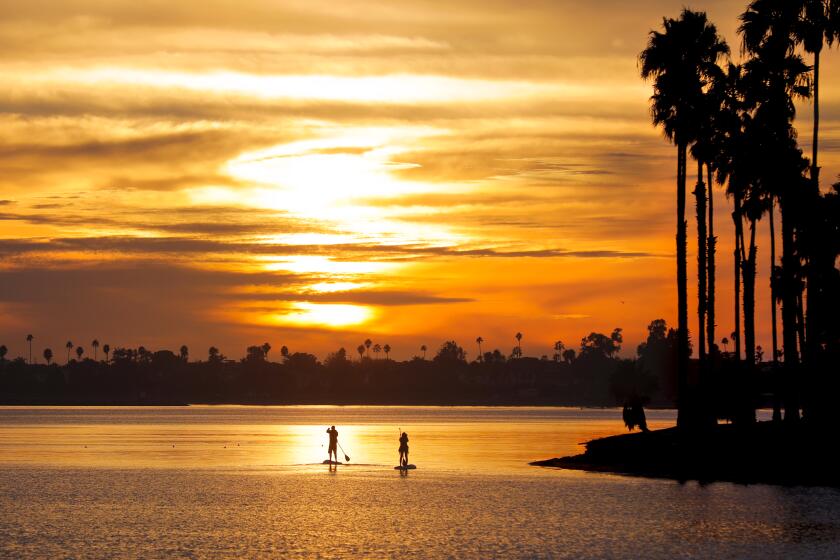Homeland Security waives environmental rules for San Diego border wall

The Trump administration said the prototypes would be delayed until November in an email to members of Congress earlier in the day, and Border Protection confirmed publicly in a statement late Thursday, referring to complaints sent to the Government
The proposed border wall between the United States and Mexico can sidestep environmental regulations that could have tied up the project in lawsuits or studies for years, the Department of Homeland Security announced Tuesday.
Laws intended to protect endangered species and habitat at the border by requiring environmental impact reports can be circumvented by a wavier issued by the department, it said. The announcement was only tied to the San Diego area.
“This waiver is pursuant to authority granted to the Secretary of Homeland Security by Congress and covers a variety of environmental, natural resource, and land management laws,” the department said in a press release.
Border wall prototypes and a physical wall in San Diego could begin in November at the earliest. The waiver opens the door for drilling work by the Army Corps of Engineers and road construction to begin sooner, although a timeline has yet to be provided by the Trump administration.
Homeland Security had already identified a site for border wall prototype construction roughly 100 feet from the border and about two miles east of the Otay Mesa border crossing. It is across from a mixed-use industrial and low-income residential area in East Tijuana, near the Nido de las Águilas neighborhood.
The waiver applies to roughly 15 miles from the Pacific Ocean east to the area pegged for prototypes. Homeland Security said in its statement that the waiver could include additional fencing, barriers, lighting, cameras and sensors.
Stopping illegal immigration at the border by the use of a wall was a keystone of President Donald Trump’s campaign.
An environmental advocacy group that is already suing over the border wall, the Arizona-based Center for Biological Diversity, was quick to condemn the action.
“Trump wants to scare people into letting him ignore the law and endanger wildlife and people,” said Brian Segee, an attorney with the center. “This isn’t just a wall they’re in a rush to build. It’s roads, lighting and all of the infrastructure that comes with it.”
The center argues that San Diego County has wetlands, streams and wildlife habitats that could be affected by construction of a border wall. Of particular concern are endangered species such as the checkerspot butterfly and coastal California gnatcatcher.
While not specified by the Trump administration, Washington, D.C.-based environmental advocates Defenders of Wildlife said the waiver means the wall would not be subject to laws governing endangered species, clean water and solid waste disposal.
Rep. Scott Peters, D-San Diego, said in a statement that the latest move by Homeland Security was wasteful because the federal government would be better off upgrading border crossings to make them safer and more efficient, as well as reforming the immigration system.
“Waiving these laws shows the Trump administration intends to drown out the opposition from Democrats, Republicans, business owners, and immigration advocates in San Diego that see another layer of fencing in our county as unnecessary and harmful to our community,” he said.
Homeland Security has issued five waivers to bypass environmental rules between 2005 and 2008, said Border Protection spokesman Roger Maier. In 2005, there was an environmental waiver in San Diego for work on the primary fence, enforcement zone and secondary fence. In 2008, there was a waiver for construction of a pedestrian fence in eastern San Diego County.
Regardless of local and environmental pressure, the border wall got a boost in Washington, D.C., from House Speaker Paul Ryan on Tuesday morning. He released a video of him flying in a helicopter and visiting the border while dance music played in the background.
“It’s time for the wall,” said text playing across the video. “Lets get it done.”
Voters may disagree with Republican leadership. A poll released Monday by Rasmussen Reports found 37 percent of likely voters said a border wall should be constructed and 56 percent disagreed. The survey took place from July 26 to 27 with 1,000 likely voters.
Prototypes are considered the first step in the border wall but have been delayed until November because of a complaint from a failed bidder on the project. Customs and Border Protection said it plans to spend roughly $20 million on four to eight prototypes in San Diego.
Border Protection said in its bid that prototypes must be 30 feet tall, can’t be climbed and constructed to prevent digging below the wall for at least 6 feet. Maier said infrastructure work at the construction site will not start until the Government Accountability Office completes its review of a complaint regarding the prototype bidding process, which will likely last until November.
The House approved a $1.6 billion spending bill last week that would include $251 million for 14 miles of secondary fencing in San Diego. The Senate still needs to come up with its own funding bill that will probably lead to a fight in September on the overall budget.
Business
phillip.molnar@sduniontribune.com (619) 293-1891 Twitter: @phillipmolnar
ALSO
Trump’s border wall prototypes in San Diego delayed until the winter
Border wall $1.6B bill includes cash for new San Diego wall
Trump border wall construction to start in San Diego by September
Get U-T Business in your inbox on Mondays
Get ready for your week with the week’s top business stories from San Diego and California, in your inbox Monday mornings.
You may occasionally receive promotional content from the San Diego Union-Tribune.












